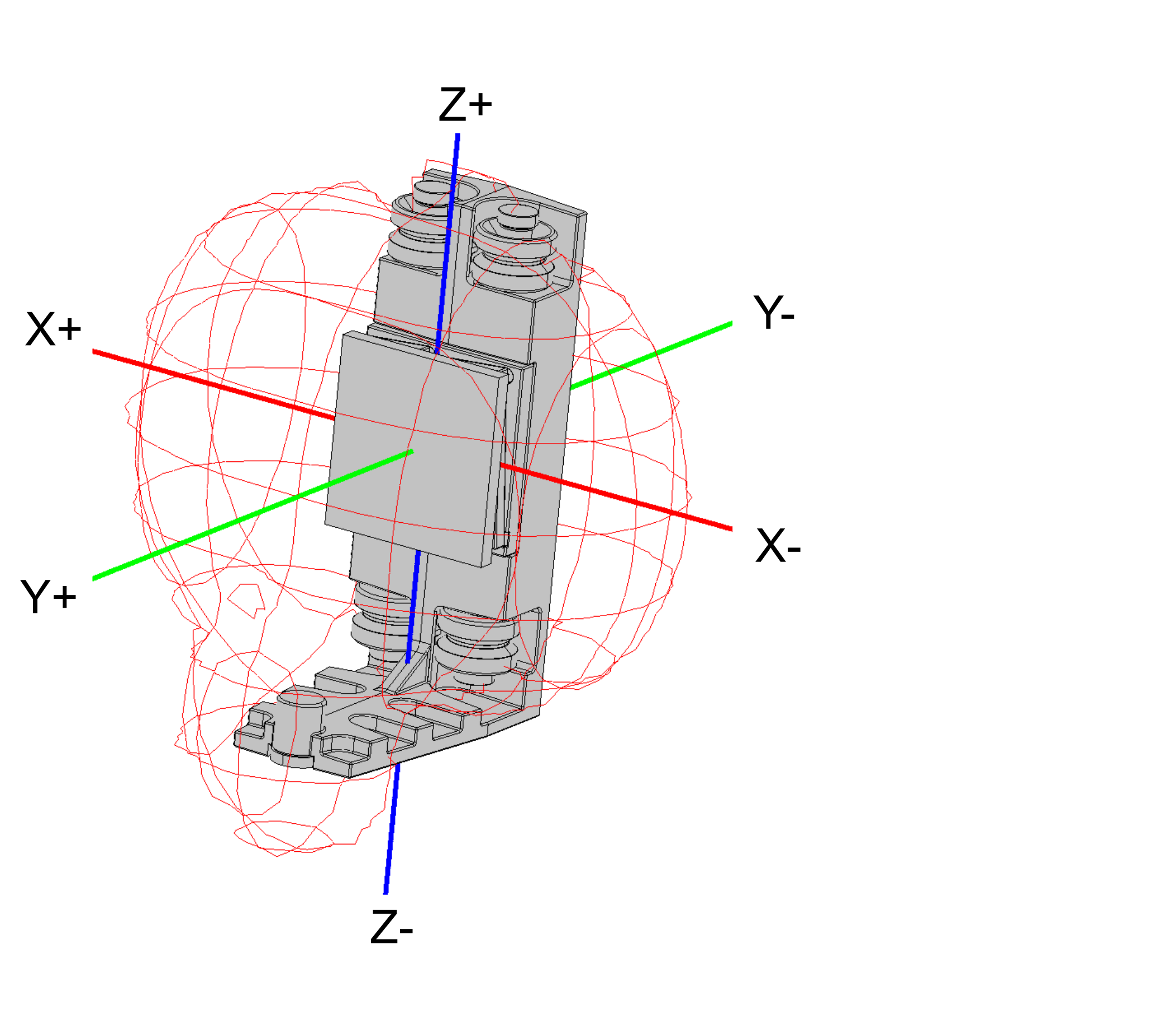Transport and Storage
Transport Conditions
The components of the Lexium™ MC12 multi carrier must be handled with care. Shocks and impacts may damage the components. Damage may lead to reduced running accuracy, reduced service life, or to an inoperable Lexium™ MC12 multi carrier.
The components of the system are transported in cardboard boxes. The respective box dimensions vary according to the dimensions of the components and the order quantity.
For detailed information about transport conditions, refer to Ambient Conditions.
Storage
The components of the Lexium™ MC12 multi carrier can be stored inside the packaging or unpacked. In both cases, ensure that they are stored in a sheltered and dry place. Avoid humidity which can have corrosive effects on the components.
For detailed information about storage conditions, refer to Ambient Conditions.
Transporting and Storing the Lexium™ MC guide rails
Lexium™ MC guide rails can bend if handled improperly and may then no longer be usable.
| NOTICE | |
|---|---|
Transporting the Lexium™ MC12 carriers
The carriers must be transported in their associated protective packaging, which helps to reduce the effects of the strong drive magnets.
-
Carriers have strong local magnetic fields. Refer to Transporting the Lexium™ MC12 carriers.
-
The carriers have strong drive magnets and can attract metal objects that are in their proximity.
-
A carrier can move suddenly and fast due to magnetic attraction.
| WARNING | |
|---|---|
The graphic shows the magnetic field of a carrier with a protective cover for the drive magnets.

|
Dimension |
+ |
- |
|---|---|---|
|
X |
85 mm (3.35 in) |
85 mm (3.35 in) |
|
Y |
70 mm (2.76 in) |
25 mm (0.99 in) |
|
Z |
75 mm (2.96 in) |
105 mm (4.14 in) |
The carrier has two magnets which, together with the magnetic fields in the segments, move the carrier on the track. These two magnets are glued onto the carrier. A shock to the carrier can cause the glued-on magnets to flake off and the magnets can splinter.
In addition, the carrier has an encoder magnet. This can be demagnetized by improper handling, for example, if the magnets of another carrier come too close.
| WARNING | |
|---|---|
For information on filling the lubrication reservoirs refer to Filling the Lubrication Reservoirs.